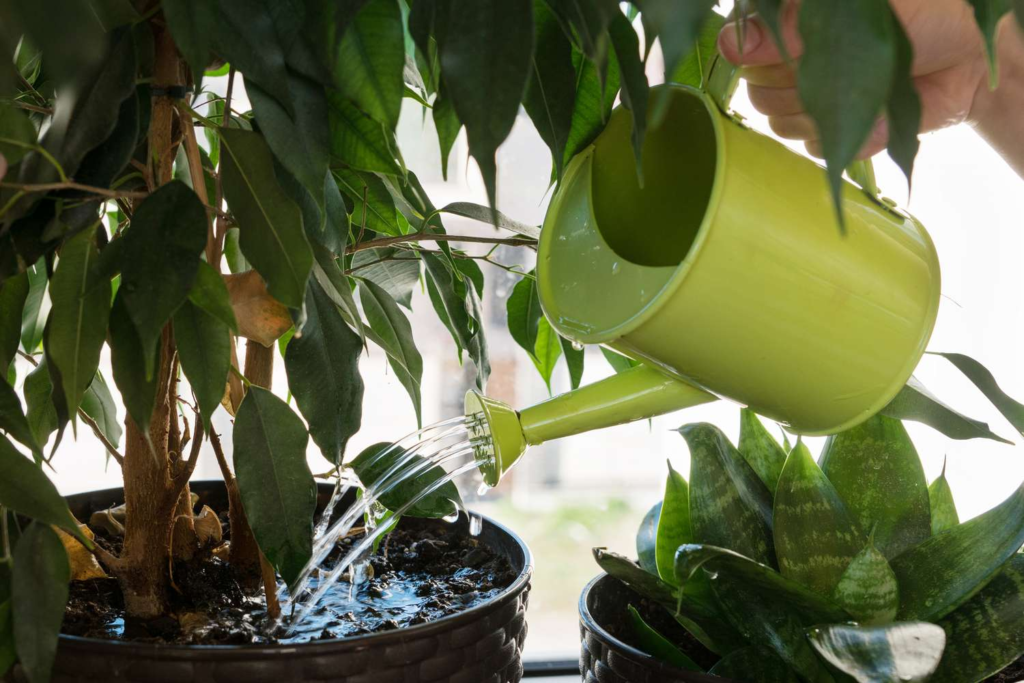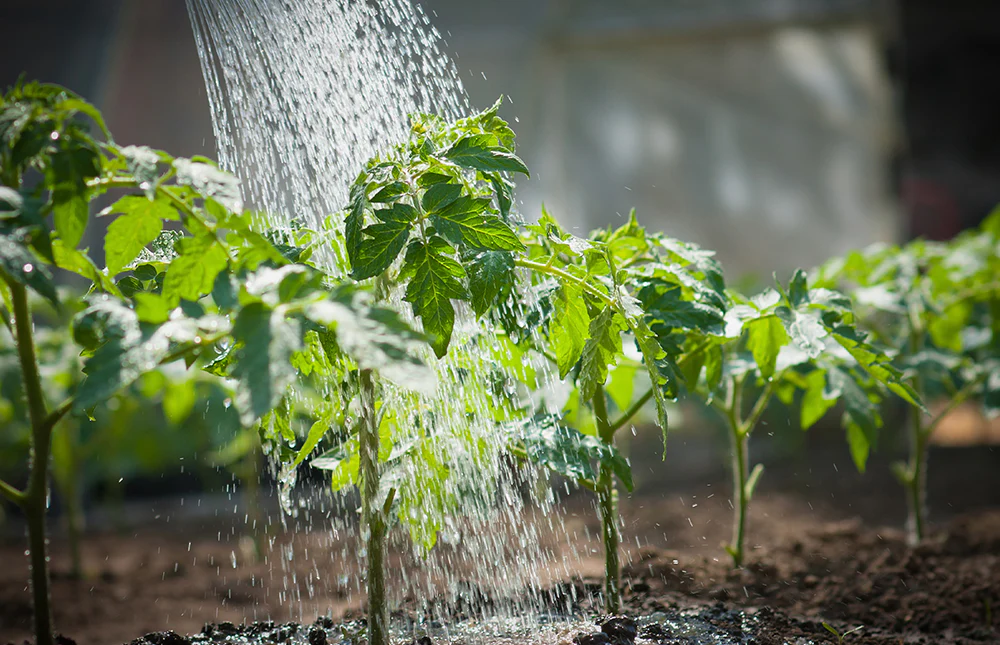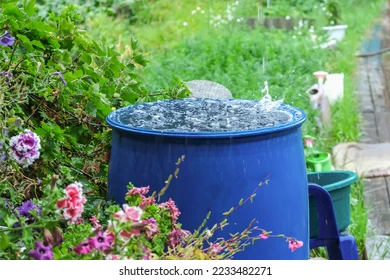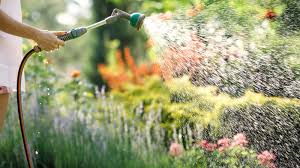Watering plants seems straightforward, but it’s an area where many gardeners make mistakes that can harm their plants. Proper watering not only saves you time and money but also conserves water and helps your plants thrive. Let’s explore some common watering mistakes and how to avoid them.
1. Watering Too Much or Too Little
Overwatering or underwatering is a frequent problem, often caused by trying to be too cautious or simply forgetting. Symptoms of improper watering include drooping or curling leaves, making it hard to determine if a plant is thirsty or drowning. Here’s how to figure it out:
- The Finger Test: Insert your finger about 1-2 inches into the soil. If it’s damp, your plant is fine. If it’s dry and warm, it’s time to water.
- The Weight Test: Lift your container to feel its weight. A well-watered pot feels heavy; a dry one feels lighter. Over time, you’ll get a feel for how heavy your pots should be.
- Consider External Factors: Temperature, sun exposure, and wind all affect how much water plants need. Larger pots hold moisture longer, while smaller ones dry out faster.

2. Incorrect Watering Technique
Watering too quickly can result in water sitting on the surface, not reaching the roots. For better results, follow this method:
- Water Thoroughly: Water deeply, allowing moisture to penetrate the soil. Water each bed or plant thoroughly, then repeat to ensure deeper penetration.
- Target the Roots: Water at the base of the plant, not the leaves. Wet leaves can lead to diseases like blight.
- Use Efficient Tools: Drip irrigation or soaker hoses apply water directly to the soil, minimizing evaporation and delivering water where it’s needed most.
Remember, different plants need different amounts of water. Shallow-rooted plants like beans require more frequent, shallow watering, while deep-rooted plants like tomatoes can go longer between waterings.
For pots that have dried out too much, submerge them in water for a couple of hours to rehydrate the soil.

3. Watering at the Wrong Time
It’s easy to assume midday is the best time to water when the sun is hottest, but that’s actually a mistake. Watering in the heat of the day leads to rapid evaporation and less effective hydration. Here’s when to water for the best results:
- Morning: The ideal time to water. It allows plants to absorb moisture before the heat of the day and ensures the soil dries by evening, reducing disease risks.
- Evening: If you can’t water in the morning, evening is the next best option. Watering after the heat subsides reduces evaporation and ensures moisture remains in the soil overnight.
- Avoid Midday Watering: If possible, avoid watering during the peak heat of midday. Plants may look wilted, but they often recover by evening.
4. Not Collecting Enough Rainwater
Rainwater is ideal for plants as it’s free of chlorine and other chemicals often found in tap water. Plus, it’s more sustainable and cost-effective. Here’s how you can take advantage of rainwater:
- Set Up a Rain Barrel: Attach a barrel to your roof or greenhouse to collect rainwater. You can even connect multiple barrels or use an IBC (Intermediate Bulk Container) for extra capacity.
- Keep Barrels Covered: Prevent debris and pests from contaminating the water by keeping the barrels sealed.

5. Not Covering the Soil
To reduce the frequency of watering, cover your soil with mulch. This helps retain moisture and protects plants from heat stress.
- Mulch Retains Moisture: Applying mulch after watering reduces evaporation and keeps the soil cool.
- Organic Mulches Are Best: Materials like garden compost, leaf mold, straw, or even grass clippings are excellent choices. Organic mulches improve soil quality as they break down over time.
- Mulch Prevents Disease: Mulching helps prevent soil from splashing onto leaves, reducing the risk of diseases like blight, which affect crops like tomatoes.
Shallow-rooted plants benefit greatly from mulch, and it’s equally effective for containers.
Final Thoughts
Watering doesn’t have to be complicated, but doing it correctly can make a world of difference for your garden. By understanding your plants’ specific needs, watering at the right time, using efficient techniques, and collecting rainwater, you can create a sustainable, thriving garden. With a little practice, your watering routine will become second nature, saving you time, money, and precious water.
